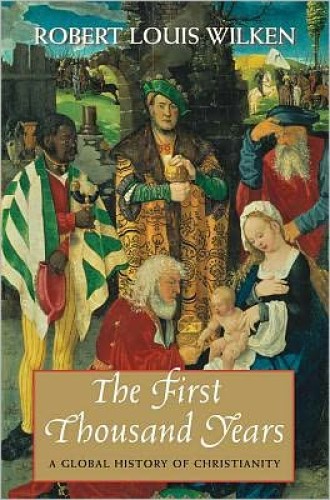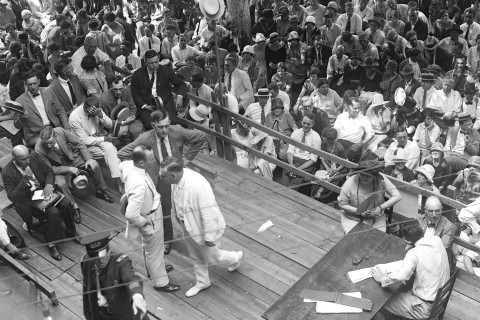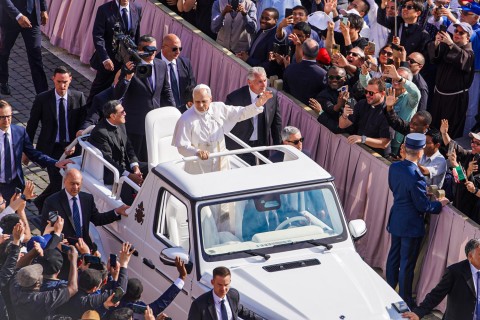Unfolding the map
Any book by veteran church historian Robert Wilken demands respectful attention. The First Thousand Years is an ambitious and wide-ranging survey of the first half of the Christian story. The highly accessible volume abounds with lively tales and fascinating connections, and the color illustrations are a delight. Wilken’s recent scholarship has also given him a global perspective of impressive sweep. I do, however, have some criticisms, partly about his own approach, but also about how he has been treated by his publisher.
In the book’s opening section, Wilken displays his interest in ordinary, lived Christian experience. A lucid sequence of chapters addresses such themes as the architecture and art of Christian buildings and the music and worship performed within them. He presents an excellent discussion of the Christian role in hospitals and health care, which helps to explain the church’s appeal to a pagan society. Not surprisingly, given his distinguished work on this theme, he is especially strong on the Christian relationship with Jews and Judaism.
Wilken’s approach is strikingly conventional. The book is surprisingly unsurprising on such key matters as the diversity of belief in the early centuries and the making of the scriptural canon. Wilken offers a few pages on figures like Valentinus and Marcion, who were subsequently read out of the great Christian tradition, but they appear here largely to be refuted by Irenaeus and other orthodox thinkers. Manichaeans, likewise, appear only as foils for Augustine. Little here suggests the enormous power of nonorthodox beliefs in particular regions or the range of competing scriptures in the early church. Reading this book, you would have no idea of the furor stirred by manuscript discoveries like the Nag Hammadi collection and by the past few decades of work on Gnosticism, however we define that term. Nor does he notice later heresies like those of the Paulicians and Bogomils, who arguably inherited much of the earlier dissident impulse.





